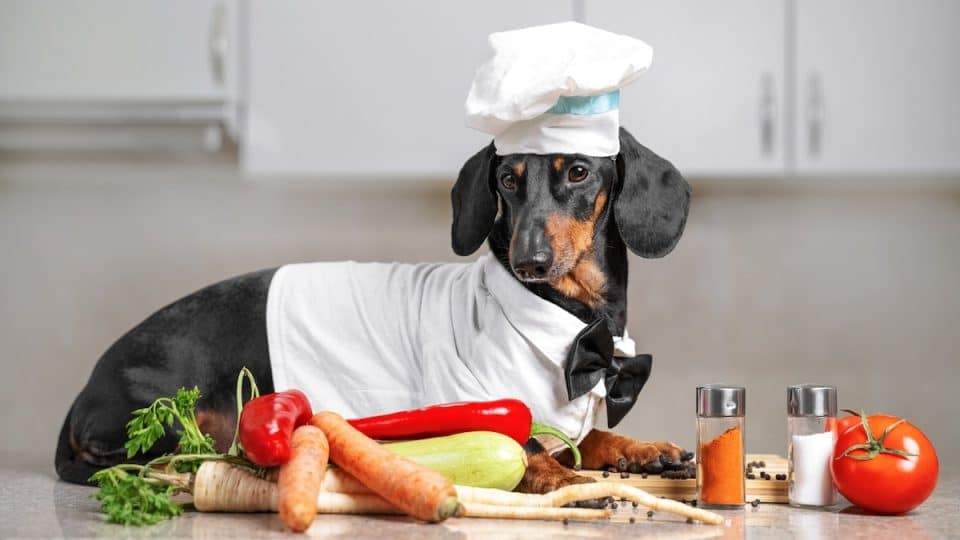Summer in Chicago means backyard BBQs, cookouts at the park, and extra snacks all around. While it is tempting to share treats with your dog during these events, not everything on your plate is safe for them to eat. Some common summer foods can upset your dog’s stomach, while others can cause serious health problems in even small amounts.
In this guide, we will break down which summer foods are safe for dogs, which to avoid, and how to keep your pet out of trouble when food is involved.

Summer Foods Dogs Can Eat Safely
Many fresh fruits and vegetables are healthy for dogs when given in moderation and prepared properly. These items can even help your dog stay cool and hydrated during hot summer days.
Dog-Safe Summer Treats:
- Watermelon (no seeds or rind)
- Cantaloupe (seedless and rind removed)
- Blueberries and strawberries
- Carrots and cucumbers
- Cooked sweet potatoes (plain)
- Green beans
- Plain cooked chicken or turkey (boneless, skinless)
- Apples (no seeds or core)
You can even freeze small pieces of these foods into ice cube trays to make a refreshing snack that doubles as enrichment.
Dangerous Summer Foods to Avoid
While some fruits and meats are perfectly fine in small portions, others can be toxic or cause digestive issues. Many summer cookout staples contain ingredients that are harmful to dogs.
Foods to Keep Away from Dogs:
- Grapes and raisins
- Chocolate and anything with xylitol
- Onions and garlic (including seasoning and marinades)
- Alcohol and caffeinated drinks
- Cooked bones (especially chicken or pork)
- Corn on the cob
- Hot dogs, fatty meats, or anything overly salty or spicy
- Ice cream or dairy-based desserts
Even small bites of these items can lead to vomiting, diarrhea, or worse. If you suspect your dog ate something dangerous, check the Pet Poison Helpline summer list for more details and guidance on what to do.
BBQs and Parties Can Lead to Accidents
During gatherings, guests may not be as careful as you are. Food gets dropped, kids leave plates unattended, and your dog may help themselves to something they should not eat. This is why clear communication and training are essential during these events.
One of the most effective ways to prevent food-related issues is by improving your dog’s impulse control. Teaching your dog to leave it or stay on place during meals can help avoid accidents. Learn more about training focus around distractions to manage their behavior around high-value temptations like food and noise.
Reinforce Obedience in Real-Time
Every cookout or picnic is an opportunity to reinforce your dog’s training in a practical environment. Try the following commands during meals and social gatherings:
- Leave it when food hits the floor
- Place while guests are eating
- Come away from a tempting area
- Down-stay while you grill or prepare food
Our Basic Obedience Training for Reactive Dogs is ideal for building these exact behaviors. We help dogs stay calm and controlled even when the environment is exciting or overwhelming.
Signs Your Dog Ate Something Bad
If your dog manages to sneak something from a plate or trash bin, watch for signs of trouble such as:
- Vomiting or diarrhea
- Excessive drooling
- Loss of appetite
- Lethargy or restlessness
- Tremors or weakness
- Swollen abdomen or signs of discomfort
When in doubt, contact your vet or poison control. Quick action can make all the difference.
Celebrate Safely With Your Dog
Sharing the summer with your dog can be fun and rewarding. With a little planning and awareness, you can include them in the festivities without risking their health. Stick to safe treats, supervise closely, and use structured training to support good behavior around food.
Want to build stronger obedience around distractions and meals? We can help.

